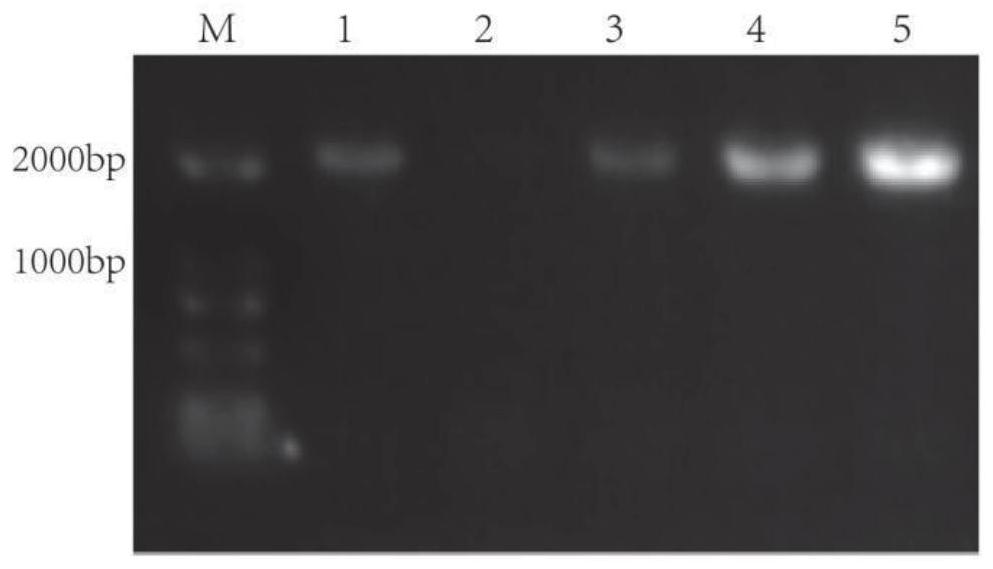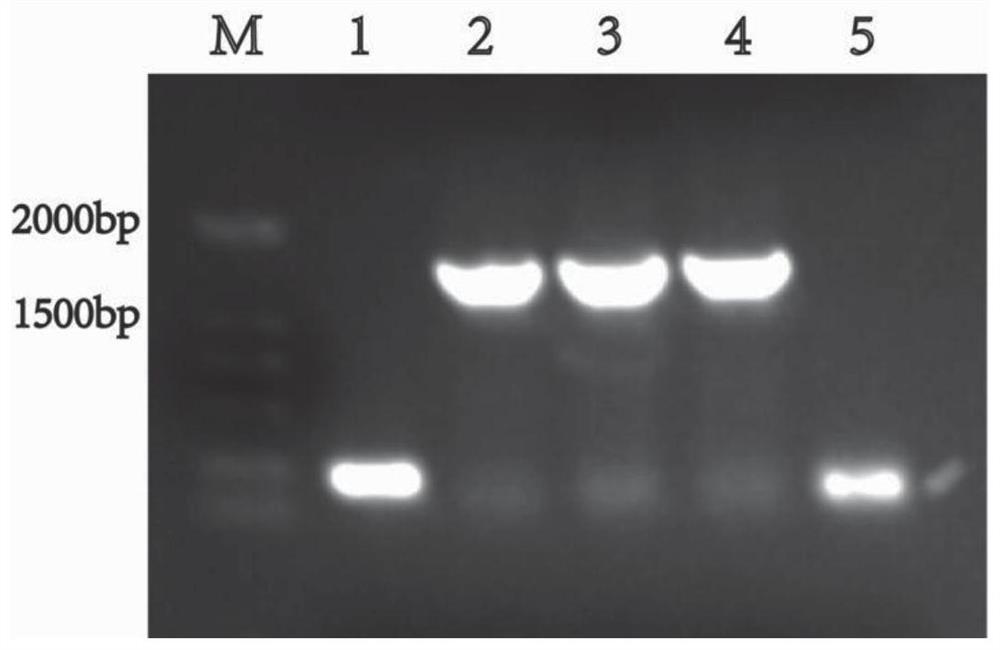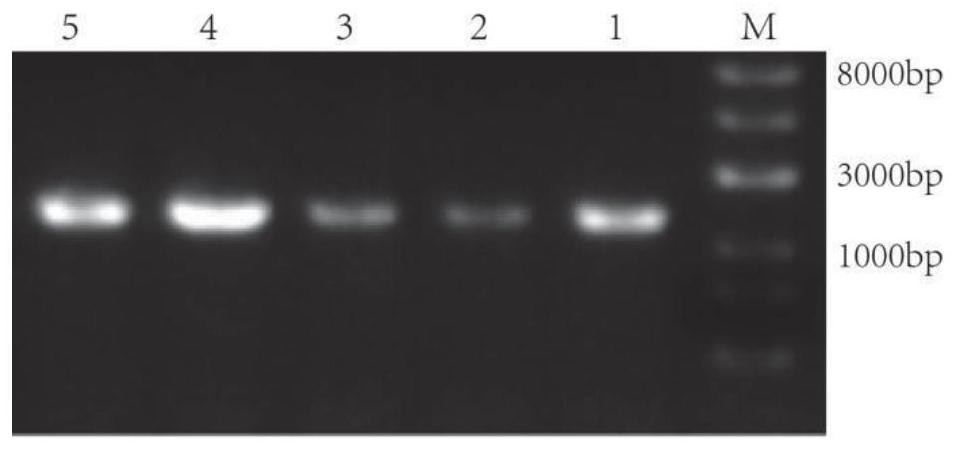Candida utilis double-gene co-expression strain for hydrolyzing protein components in kitchen waste and construction method of candida utilis double-gene co-expression strain
A technology for producing Candida utilis and kitchen waste, which is applied in the fields of genetic engineering and fermentation engineering, can solve problems such as the influence of hydrolysis effect and the inability of protease to achieve the effect of action, and achieves the effect of good efficiency and large amino acid yield.
- Summary
- Abstract
- Description
- Claims
- Application Information
AI Technical Summary
Problems solved by technology
Method used
Image
Examples
Embodiment
[0044]The pMD19-X recombinant plasmid is obtained by recombining the amplified target gene with the pMD19-T vector, that is, the recombinant plasmid containing the target gene X, where X represents the pepA gene or pepF gene. Digest the recombinant plasmid containing pepA or pepF, and at the same time, digest the Candida utilis expression vectors pcGAPGA and pcTEF1GA respectively, and connect the expression vector pcGAPGA and the target gene pepA obtained after digestion to obtain the pcGAPGA-pepA recombinant plasmid , ligating the expression vector pcTEF1GA obtained after enzyme digestion and the target gene pepF to obtain the pcTEF1GA-pepF recombinant plasmid; pcGAPGA, the structure of pcTEF1GA and the construction process of the recombinant plasmid are as follows Figure 12 shown. After the pcTEF1GA-pepF recombinant plasmid was electrotransformed into Candida utilis, the recombinant Candida utilis containing the single gene of carboxypeptidase pepF was obtained, and the bio...
PUM
 Login to View More
Login to View More Abstract
Description
Claims
Application Information
 Login to View More
Login to View More - R&D
- Intellectual Property
- Life Sciences
- Materials
- Tech Scout
- Unparalleled Data Quality
- Higher Quality Content
- 60% Fewer Hallucinations
Browse by: Latest US Patents, China's latest patents, Technical Efficacy Thesaurus, Application Domain, Technology Topic, Popular Technical Reports.
© 2025 PatSnap. All rights reserved.Legal|Privacy policy|Modern Slavery Act Transparency Statement|Sitemap|About US| Contact US: help@patsnap.com



